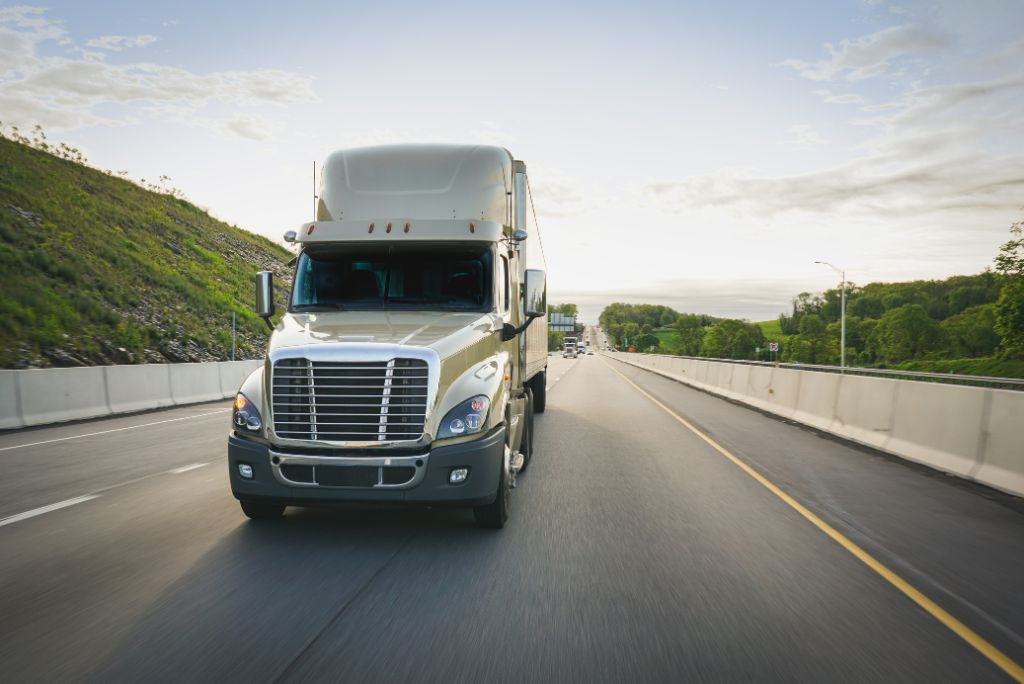For employers of CDL drivers, it is not always clear whether their drivers need to be in an FMCSA drug testing program.
On the surface:
If you meet one of the following criteria, you will need to have a DOT FMCSA Drug and Alcohol Testing Program:
- Gross Vehicle Weight Rating (GVWR) or Gross Combination Weight Rating (GCWR) of 26,001 lbs. or more
- Transporting 16 passengers or more
- Transporting Hazardous Materials requiring placarding
BUT, this applies only if the FMCSA has jurisdiction. FMCSA makes the rules when drivers and their vehicles use “public roads.”
Public road?
That definition is critically important.
What is considered a ‘‘public road?”
Guidance: The term “public road” has the same meaning as “highway” in § 390.5T.
Highway means any road, street, or way, whether on public or private property, open to public travel. “Open to public travel” means that the road section is available, except during scheduled periods, extreme weather or emergency conditions, passable by four-wheel standard passenger cars, and open to the general public for use without restrictive gates, prohibitive signs, or regulation other than restrictions based on size, weight, or class of registration. Toll plazas of public toll roads are not considered restrictive gates.
So, mechanics who test drive vehicles most likely are using “public roads,” even if they never leave company property. But buses that transport people strictly on the tarmac at an airport may not be using public roads.
Using the example of an airport transport company, if the vehicles need to use “public roads” to refuel, or to go to and from an off-site facility, they are indeed required to comply with FMCSA regulations, including drug and alcohol testing.
Having said that, employers should always make safety a priority. If FMCSA rules do not apply, it is never a bad idea to consider a “DOT -Like” program. Contact InOut Labs for info.

